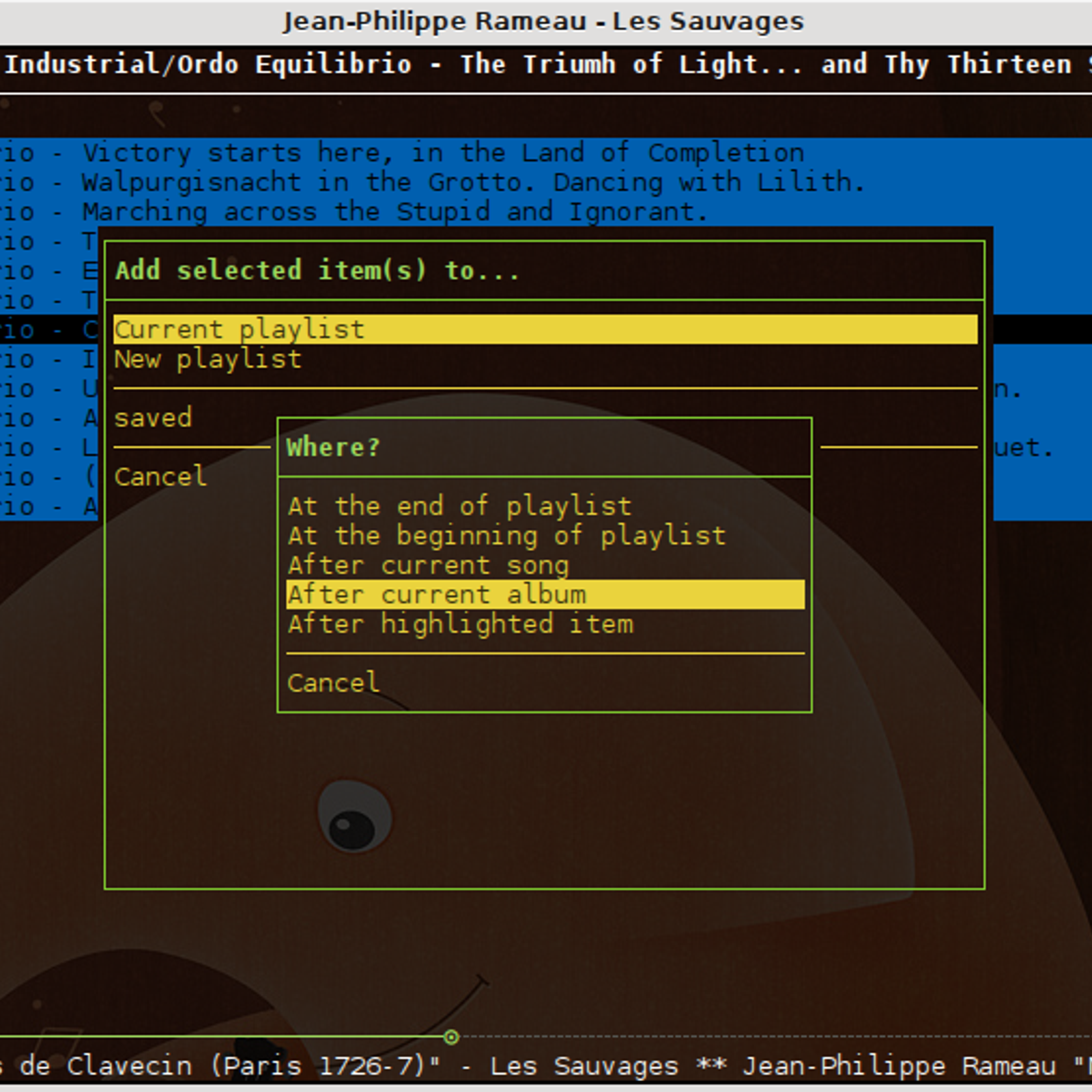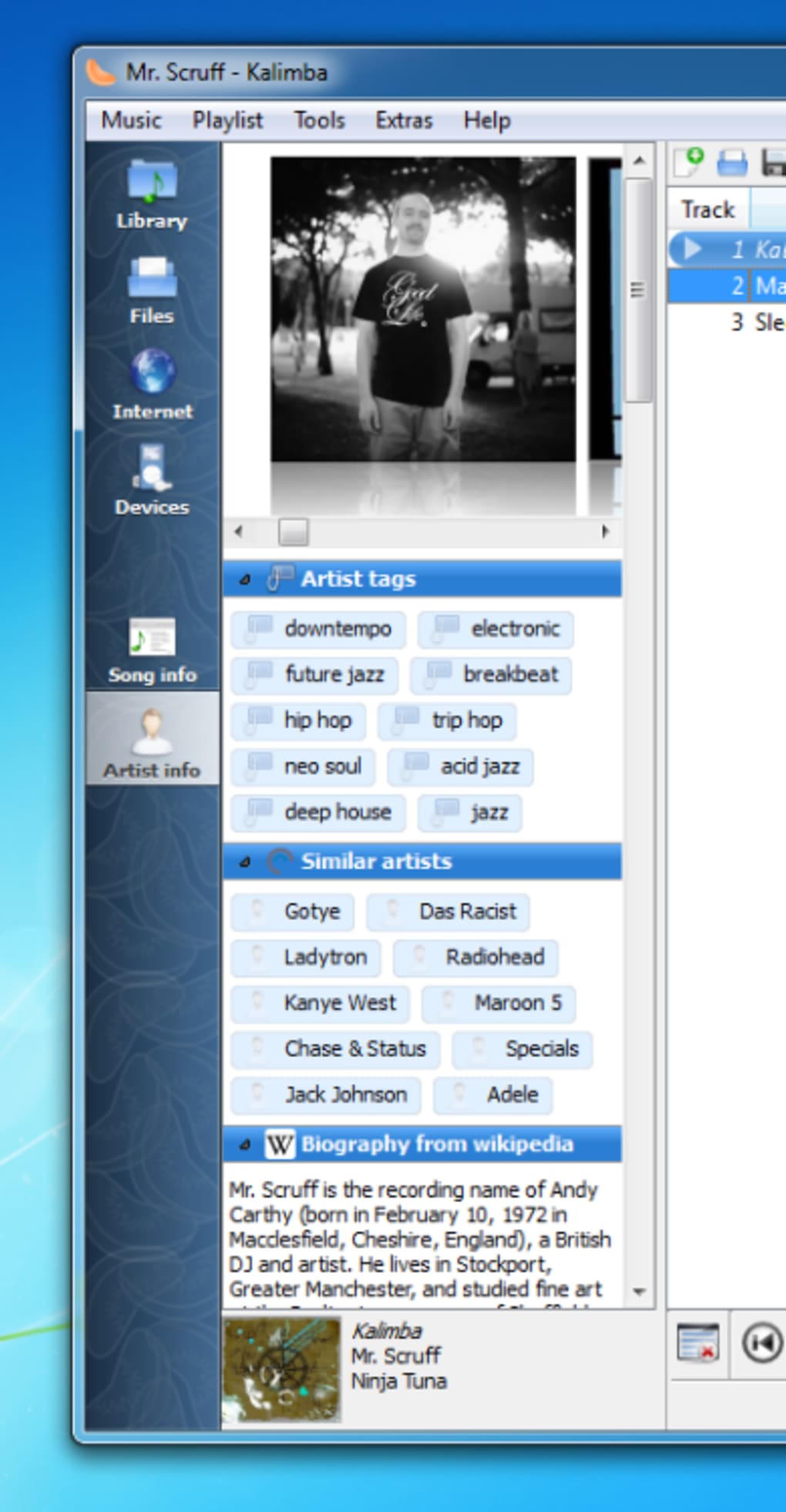Clementine is a modern music player and library organizer for Windows, Linux and Mac OS X. Using newest release, not the betas though on OSX 10.6.8 Please provide any additional information below. There is a lengthy 'problem details and system configuration' output generated in the problem report for Clementine - but i have no idea if this contains confidential stuff - please let me know if i should send it on to you. Use extensions, Python and R programming language code to integrate with open source software. Select and manage your software easily, with flexible deployment options. SPSS Statistics is available for Windows and Mac operating systems. → Read the data sheet.
| Developer(s) | IBM Corp. |
|---|---|
| Stable release | 18.2.2 / September 2020; 4 months ago |
| Operating system | Windows, Linux, Unix, Mac OS X |
| Type | Data mining and Predictive analytics |
| License | Proprietary software |
| Website | www.ibm.com/products/spss-modeler |
IBM SPSS Modeler is a data mining and text analytics software application from IBM. It is used to build predictive models and conduct other analytic tasks. It has a visual interface which allows users to leverage statistical and data mining algorithms without programming.
One of its main aims from the outset was to get rid of unnecessary complexity in data transformations, and to make complex predictive models very easy to use.
The first version incorporated decision trees (ID3), and neural networks (backprop), which could both be trained without underlying knowledge of how those techniques worked.
IBM SPSS Modeler was originally named Clementine by its creators, Integral Solutions Limited. This name continued for a while after SPSS's acquisition of the product. SPSS later changed the name to SPSS Clementine, and then later to PASW Modeler.[1] Following IBM's 2009 acquisition of SPSS, the product was renamed IBM SPSS Modeler, its current name.
Applications[edit]
SPSS Modeler has been used in these and other industries:
- Customer analytics[2] and Customer relationship management (CRM)
- Fraud detection and prevention[3]
- Optimizing insurance claims[citation needed]
- Risk management[citation needed]
- Manufacturing quality improvement[citation needed]
- Healthcare quality improvement[4]
- Forecasting demand or sales[citation needed]
- Law enforcement[5] and border security
- Education[6]
- Telecommunications[7]
- Entertainment: e.g., predicting movie box office receipts[8][9]
Editions[edit]
IBM sells the current version of SPSS Modeler (version 18.2.1) in two separate bundles of features. These two bundles are called 'editions' by IBM:
- SPSS Modeler Professional: used for structured data, such as databases, mainframe data systems, flat files or BI systems
- SPSS Modeler Premium: Includes all the features of Modeler Professional, with the addition of:
- – Text analytics
Both editions are available in desktop and server configurations.
In addition to the traditional IBM SPSS Modeler desktop installations, IBM now offers the SPSS Modeler interface as an option in the Watson Studio product line which includes Watson Studio (cloud), Watson Studio Local, and Watson Studio Desktop.
Watson Studio Desktop documentation: https://www.ibm.com/support/knowledgecenter/SSBFT6_1.1.0/mstmap/kc_welcome.html
Release history[edit]
- Clementine 1.0 – June 1994 by ISL[10]
- Clementine 5.1 – Jan 2000
- Clementine 12.0 – Jan 2008
- PASW Modeler 13 (formerly Clementine) – April 2009
- IBM SPSS Modeler 14.0 – 2010
- IBM SPSS Modeler 14.2 – 2011
- IBM SPSS Modeler 15.0 – June 2012
- IBM SPSS Modeler 16.0 – December 2013
- IBM SPSS Modeler 17.0 – March 2015
- IBM SPSS Modeler 18.0 -- March 2016 [11]
- IBM SPSS Modeler 18.1 -- June 2017 [12]
- IBM SPSS Modeler 18.2 -- March 2019
Product history[edit]
Early versions of the software were called Clementine and were Unix-based. The first version was released on Jun 9th 1994, after Beta testing at 6 customer sites. Clementine was originally developed by a UK company named Integral Solutions Limited (ISL),[10] in Collaboration with Artificial Intelligence researchers at Sussex University. The original Clementine was implemented in Poplog, which ISL marketed for Sussex University.
Clementine mainly used the Poplog languages, Pop11, with some parts written in C for speed (such as the neural network engine), along with additional tools provided as part of Solaris, VMS and various versions of Unix. The tool quickly garnered the attention of the data mining community (at that time in its infancy).
In order to reach a larger market, ISL then Ported Poplog to Microsoft Windows using the NutCracker package, later named MKS Toolkit to provide the Unix graphical facilities. Original in many respects, Clementine was the first data mining tool to use an icon based Graphical user interface rather than requiring users to write in a Programming language, though that option remained available for expert users.
In 1998 ISL was acquired by SPSS Inc., who saw the potential for extended development as a commercial data mining tool. In early 2000 the software was developed into a client / server architecture, and shortly afterward the client front-end interface component was completely re-written and replaced with a new Java front-end, which allowed deeper integration with the other tools provided by SPSS.
SPSS Clementine version 7.0: The client front-end runs under Windows. The server back-end Unix variants (Sun, HP-UX, AIX), Linux, and Windows. The graphical user interface is written in Java.
IBM SPSS Modeler 14.0 was the first release of Modeler by IBM.
IBM SPSS Modeler 15, released in June 2012, introduced significant new functionality for Social Network Analysis and Entity Analytics.
See also[edit]
References[edit]

- ^'Oh My Darling! SPSS Says Goodbye Clementine, Hello 'PASW' – Intelligent Enterprise'.
- ^'The Forrester Wave™: Customer Analytics Solutions'. Forrester Research, Inc. 2012.
- ^'Us-en_software_HP'.
- ^'Us-en_software_HP'.
- ^'Us-en_software_HP'.
- ^http://public.dhe.ibm.com/common/ssi/ecm/en/imw14303usen/IMW14303USEN.PDF
- ^http://public.dhe.ibm.com/common/ssi/ecm/en/ytw03085usen/YTW03085USEN.PDF
- ^Delen, Dursun (2009). 'Predicting Movie Box-Office Receipts Using SPSS Clementine Data Mining Software'.Cite journal requires
|journal=(help) - ^Nisbet, Robert; Elder, John; Miner, Gary (2009). Handbook of Statistical Analysis and Data Mining Applications. Elsevier. pp. 391–415. ISBN978-0-12-374765-5.
- ^ abShearer, Colin (November 18, 1994). 'Mining themw-data:TemplateStyles:r999302996'>'Announcing IBM SPSS Modeler 18'. 2016-03-15.
- ^'IBM SPSS Modeler 18.1 — Coding Free Open Source, Seamless Weather Data and Optimization Integration and Text Analytics for Big Data'. 2017-06-20.
Further reading[edit]
- Chapman, P.; Clinton, J.; Kerber, R.; Khabaza, T.; Reinartz, T.; Shearer, C.; Wirth, R. (2000). 'CRISP-DM 1.0'(PDF). Chicago, IL: SPSS.Cite journal requires
|journal=(help) - Nisbet, R.; Elder, J.; Miner, G. (2009). 'Handbook of Statistical Analysis and Data Mining Applications'. Burlington, MA: Academic Press (Elsevier).Cite journal requires
|journal=(help) - Khabaza, Tom (1999). 'The Story of Clementine'(PDF).Cite journal requires
|journal=(help)
External links[edit]
- [1] SPSS Modeler 18.2.1 Documentation
- Users Guide – SPSS Modeler 18.2.1
Call Out
Why IBM SPSS Statistics?
IBM® SPSS® Statistics is a powerful statistical software platform. It delivers a robust set of features that lets your organization extract actionable insights from its data.
With SPSS Statistics you can:
- Analyze and better understand your data, and solve complex business and research problems through a user friendly interface.
- Understand large and complex data sets quickly with advanced statistical procedures that help ensure high accuracy and quality decision making.
- Use extensions, Python and R programming language code to integrate with open source software.
- Select and manage your software easily, with flexible deployment options.
SPSS Statistics is available for Windows and Mac operating systems.
See what's new in SPSS Statistics 27.0.1.0
See what's new in SPSS Statistics 27.0.1.0 Read the blog post
A powerful statistical analysis software platform
Easy to use
Perform powerful analysis and easily build visualizations and reports through a point-and-click interface, and without any coding experience.
Efficient data conditioning
Reduce data preparation time by identifying invalid values, viewing patterns of missing data and summarizing variable distributions.
Quick and reliable
Analyze large data sets and prepare data in a single step with automated data preparation.
Comprehensive
Run advanced and descriptive statistics, regression and more with an integrated interface. Plus, you can automate common tasks through syntax.
Open source integration
Enhance SPSS syntax with R and Python using a library of extensions or by building your own.
Data security
Store files and data on your computer rather than in the cloud with SPSS that’s installed locally.
Take a closer look at IBM SPSS Statistics
SPSS Statistics 27: New release
Learn about new statistical algorithms, productivity and feature enhancements in the new release that boost your analysis.

IBM SPSS Statistics tutorial
Get hands-on experience with SPSS Statistics by analyzing a simple set of employee data and running a variety of statistical tests.
A leader in statistical analysis software
Learn why G2 Crowd named SPSS Statistics a Leader in Statistical Analysis Software for Winter 2020.
Explore advanced statistical procedures with SPSS Statistics
Advanced statistics
Use univariate and multivariate modeling for more accurate conclusions in analyzing complex relationships.
Custom tables
Regression
Predict categorical outcomes and apply nonlinear regression procedures.
Decision trees
Use classification and decision trees to help identify groups and relationships and predict outcomes.
Direct marketing
Identify the right customers easily and improve campaign results.

Clementine App
Forecasting
Build time-series forecasts regardless of your skill level.
Neural networks
Discover complex relationships and improve predictive models.
Categories
Predict outcomes and reveal relationships using categorical data.
Complex samples
Analyze statistical data and interpret survey results from complex samples.
Conjoint
Clementine Software
Understand and measure purchasing decisions better.
Exact tests
Reach more accurate conclusions with small samples or rare occurrences.
Missing values
Uncover missing data patterns, estimate summary statistics and impute missing values.